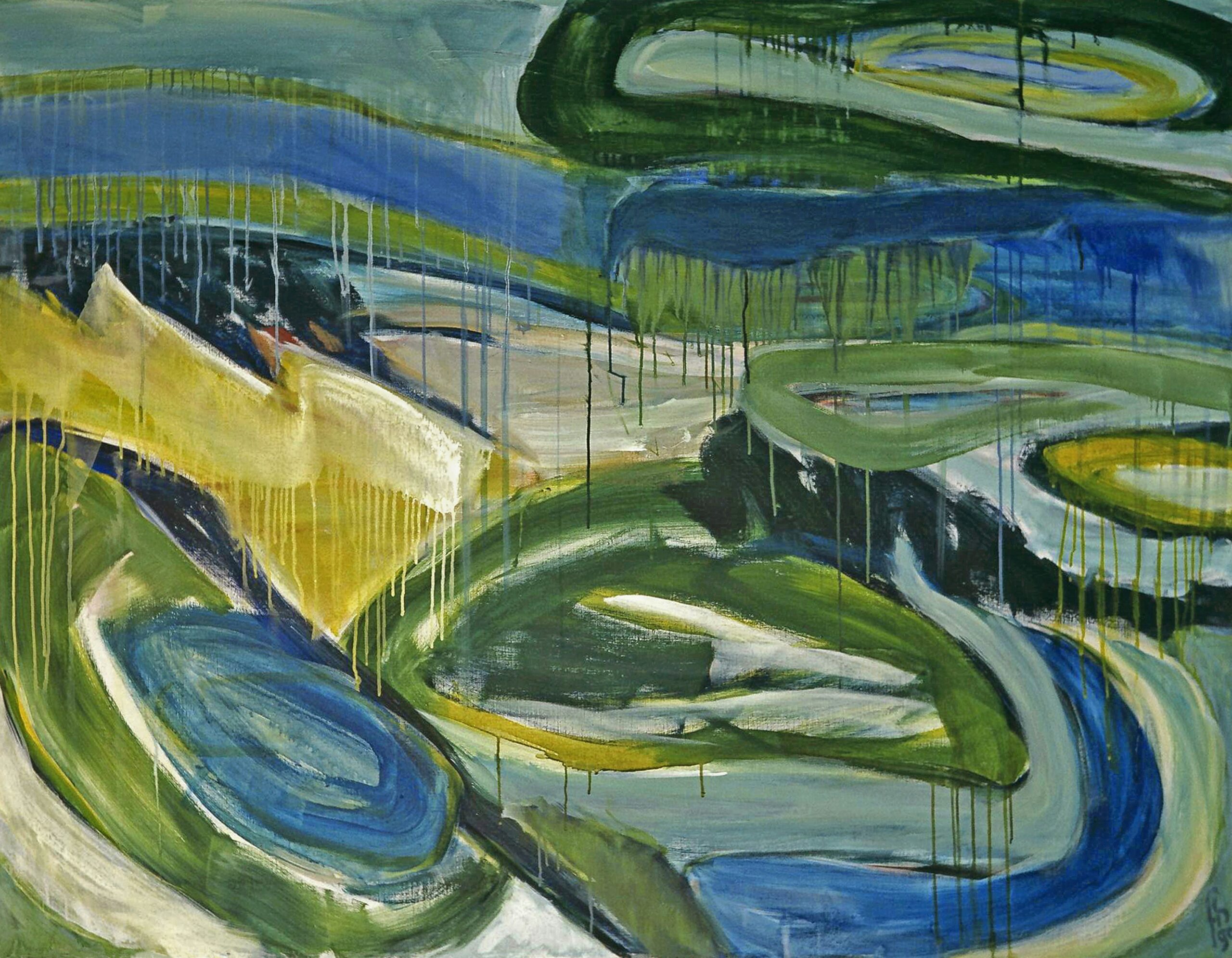

Introduction to Migration Patterns
Migration shapes the world around us in profound ways. From ancient times to our modern era, people have moved across borders and oceans for various reasons. These movements create new communities, alter demographics, and influence economies. Have you ever wondered how these migration patterns develop? Or what drives individuals and families to leave their homes behind?
In this exploration of migration patterns, we’ll dive into historical examples that set the stage for today’s population dynamics. We’ll uncover the factors influencing these migrations and examine contemporary shifts happening right now. We’ll consider how immigration impacts culture and society at large.
Join me on this journey through time and space as we unravel the complexities of global movement!
Historical Examples of Migration Patterns
Migration has a long history, marked by significant movements of people. One notable example is the Great Migration in the United States during the early 20th century. African Americans moved from Southern states to Northern cities, seeking better opportunities and escaping racial oppression.
Similarly, European colonization led to vast migrations across continents. The movement of Europeans to North America reshaped demographics and cultures on both sides of the Atlantic.
The Silk Road also illustrates ancient migration patterns. Traders traveled between East and West, exchanging goods, ideas, and cultures over centuries.
In contrast, more tragic examples include forced migrations like those seen during World War II. Millions were displaced due to conflict and persecution.
Each historical migration tells a story about human resilience and adaptation amidst changing circumstances. These patterns laid foundations for modern societies we see today.
Factors that Influence Migration Patterns
Migration patterns are influenced by a myriad of factors. Economic opportunities often top the list. People seek jobs that promise better pay and improved living standards.
Political stability plays a crucial role too. Nations with secure environments attract those fleeing conflict or oppression. Safety is paramount for families looking to build futures.
Social networks also shape migration dynamics. When individuals move, they often follow friends or family who have already settled in new areas. This creates established communities that can make relocation easier for newcomers.
Environmental factors can’t be ignored either. Natural disasters or climate change push populations towards safer regions, altering demographics dramatically over time.
Cultural ties impact decisions as well. Language barriers and shared traditions may encourage movement toward similar societies, enhancing comfort during transitions into unfamiliar territories.
Contemporary Examples of Migration Patterns
Today, migration patterns are more dynamic than ever. People move for various reasons, from economic opportunities to political stability.
One striking example is the influx of Venezuelans fleeing their country’s crisis. They seek refuge in neighboring countries like Colombia and Peru. This mass movement has reshaped local demographics and economies.
Another notable trend is urbanization in Africa. Rural residents flock to cities like Lagos and Nairobi for jobs and better living standards. This rapid migration transforms urban landscapes, creating both challenges and opportunities.
In Europe, the ongoing refugee situation continues to influence migration flows as individuals escape conflict zones in Syria and Afghanistan. Their arrival impacts social structures while enriching cultural diversity.
Technology also plays a role today, with digital nomads traveling across borders while working remotely. This phenomenon blends traditional ideas of work-life balance with global connectivity.
Effects of Immigration on Culture and Society
Immigration brings a vibrant mix of cultures to host nations. This fusion can lead to the birth of new traditions, art forms, and culinary delights. Food markets often become melting pots where flavors from around the world collide.
Language also evolves in dynamic ways. New dialects and slang emerge as communities interact. This linguistic blend enriches communication and fosters understanding among diverse groups.
Social dynamics shift too. Increased diversity can challenge existing norms but often leads to greater tolerance and openness. Communities learn to celebrate differences instead of fearing them.
However, this transformation isn’t always smooth. Tensions may arise as different cultural values clash or when resources feel strained by rapid population changes.
Despite these challenges, immigration fundamentally reshapes societal landscapes in meaningful ways, enhancing both local identity and global interconnectedness.
Conclusion: The Ongoing Evolution of Global Population Dynamics
Migration patterns are not static; they evolve as societies change. The world is increasingly interconnected, and the reasons for migration continue to diversify. Economic opportunities, political instability, climate change, and social connections all play a role in shaping where people choose to go.
As populations shift, so too do cultures and identities. Cities become melting pots of traditions and languages. This cultural exchange enriches communities but can also lead to tensions as new groups integrate into existing frameworks.
The effects of these migrations are seen everywhere—from bustling urban centers to quiet rural areas experiencing an influx of newcomers. Each wave brings its own set of challenges and benefits that require careful navigation by governments and societies alike.
Understanding migration patterns helps illuminate the broader narrative of human movement throughout history. As we look ahead, these dynamics will continue influencing our global community in ways both predictable and surprising.
The journey of humanity is one marked by movement—an ongoing story filled with hope, resilience, and transformation across borders.
